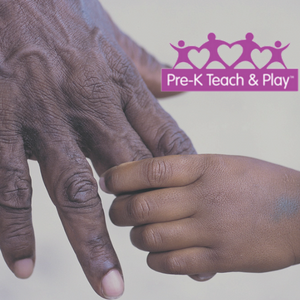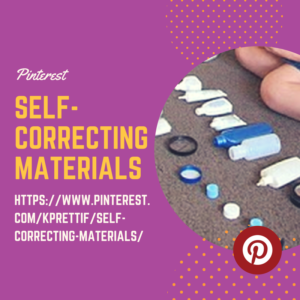 I don’t know a provider or teacher, who doesn’t experience frustration in terms of how to best meet the increased obligation to do more and to give more…with fewer and fewer resources. In a nutshell, to hold the hands of all children with just the two hands they have.
I don’t know a provider or teacher, who doesn’t experience frustration in terms of how to best meet the increased obligation to do more and to give more…with fewer and fewer resources. In a nutshell, to hold the hands of all children with just the two hands they have.
This post is designed to serve as a reminder of the power of self-correcting materials, which are particularly helpful in scenarios where children are struggling or when one child seems to consume all of your time and attention.
Scenario one: We know that when children are struggling, or when development and learning have stalled, teaching teams need to increase the instructional “dosages”. But how in the world can you create and deliver more learning opportunities and provide more focused support, particularly when most of your children are struggling to develop and learn?
Scenario two: When one child needs your undivided attention, it is critical that you find a way to be the “life-line” they seek and to help them off the “red train.” But I can hear you now…you’re wondering, “If my attention and “hands” are on one child, who’s watching the others? What instruction is occurring, if not being delivered by me?”
Fears around delivering sufficient learning opportunities and effectively addressing multiple needs, all too often creates what my colleague, Pam Elwood, calls, “Group Starts and Group Stops.”
In other words, to manage chaos and in order to feel successful, we find ourselves rounding up all the learners; then rotating them, as an entire group or unit, through daily activities and routines.
While “group starts and stops” can work in some instances, in my opinion, they are more trouble then they are worth. They often cause children to become disengaged, to experience less individualization, and to receive less instruction.
So what is a solution?
Well, smaller class sizes staffed with adults who focus primarily on relationships would be a great place to start…but an even simpler thing is to use self-correcting materials…basically, to channel Maria Montessori as we interact with children.
But what are self-correcting materials?
Self-correcting materials as those which meet some, if not all of the following characteristics:
- Allow for independent practice
- Control of error is built into the materials themselves
- Ensure when errors occur, they can be perceived using different senses
- Create multiple learning opportunities and deliver immediate feedback
- Provide easy to understand directions and logical actions
- Include a sequential or multi-step component
Click here to download a Pre-K Teach and Play practice point from my Clean Sweep Training, on how promote independence through use of self-correcting materials.

The benefits of using self-correcting materials include:
- Allow children to have multiple opportunities to practice and get immediate feedback
- Ensure children use multiple senses to learn (e.g., texture, color, sound, dimension, weight, shape, smell, taste)
- Teach children self-regulation skills (e.g., learn how to plan, concentrate, attend, and organize)
P.S. Use the social share icons at the bottom of this post/email to offer a “hand” to those you know, who are responsible for addressing the needs of diverse learners.
P.P.S. Don’t forget to follow my Pinterest Board on self-correcting materials.